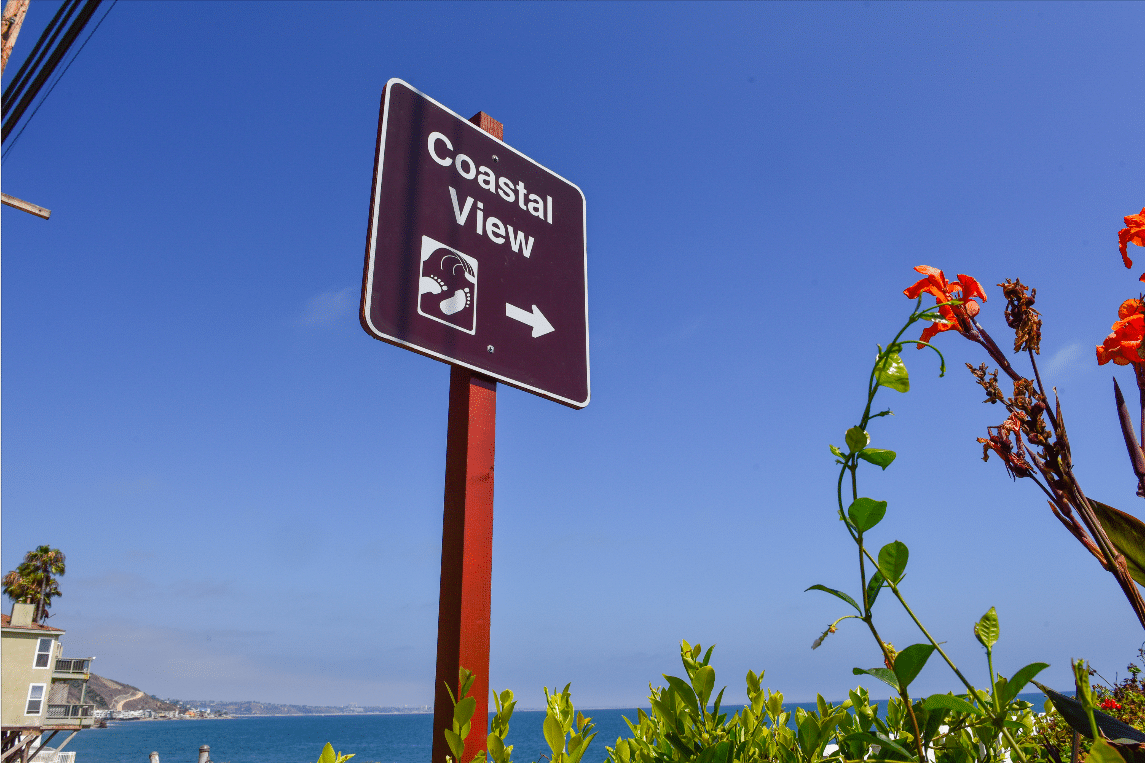From increasing public access to tackling the challenge of sea level rise, California is aspiring to meet all the challenges it will face in the next five years, according to a new plan released by the California Coastal Commission on Friday, Nov. 6—despite not having the budget to see it through.
At last Friday’s coastal commission meeting, the agency’s five-year strategic plan for 2021-25 was adopted, unanimously. The new plan represents the culmination of two years of work by members of the coastal commission staff and builds on the commission’s previous 2013-18 strategic plan. The newly adopted plan provides a framework of nine goals, 50 objectives and 199 specific actions to guide the agency’s performance over the next five years, representing its vision and mission.
“I’m proud, excited and pleased with the strategic plan … It’s more detailed than most strategic plans you’ll see,” Jack Ainsworth, executive director, said. “It’s an aspirational plan, without funding for most of the goals and objectives, so it will be important for us to temper our expectations for the next two to three years.”
“Our world can change quickly, with climate change bringing apocalyptic wildfires, smoke and heatwaves,” Ainsworth continued. “With new emerging challenges like this, change could be difficult with budget cuts and [transfer] of staff to COVID tracing.”
He went on to explain some of his agency’s internal challenges: Coastal staff salaries are often not competitive with those of other agencies and the expense of setting up home offices during the pandemic has been hard on some of the employees, because they’re not fully reimbursed by the state.
“Our workload has been crushing and something has to give,” Ainsworth commented, “but we take our mission seriously and we’ll just have to assess our priorities and focus on those.”
The new strategic plan is different from the previous five-year plan in that it now includes actions for climate change and sea level rise, as well as ways to address historic social inequities through environmental justice principles and tribal consultations.
Other plan objectives and actions fall into the categories of staffing and operations, public access, protecting coastal resources through regulatory and local coastal program (LCP) planning, enforcement, collaborating and coordinating closely with federal, state and local agency partners, and modernizing the agency’s operations by improving e-government and information management.
The five-year plan was vetted through a process of public scoping meetings and written comments, and revisions were made as a result of that public input.
Shana Gray, coastal planner at the commission, presented some of the items added to the plan as a result of that public input: aquaculture (also known as aquafarming), partnerships with Caltrans, addressing plastic pollution and the reduction of marine debris, the idea of more urgently addressing certain items, increasing public participation, streamlining the LCP amendment process, making databases and other information available to the public, improving the website and working more with regional transportation agencies.
The five-year-plan is broad and general, and does not specifically mention Malibu or any other city or part of the state in its goals or objectives, although its authors made the following statement in the plan’s introduction: “Dozens of urban access-ways in some of the country’s most exclusive coastal neighborhoods such as Malibu and Del Mar, continue to welcome countless beachgoers every year thanks to the commission’s vigilance.”
The plan can be read on the California Coastal Commission website at coastal.ca.gov/strategicplan/spindex-2.html.


